BIZARRE GALAXIES IN THE UNIVERSE
Added on: 23rd Nov 2016
NGC 6872

The galaxy known as NGC 6872 is the second largest spiral
galaxy ever discovered. Its beautiful tail (ironic that it is in
the constellation of Pavo, the Peacock) is a stretched arm full
of star forming regions. Since this strange galaxy doesn’t
have much free hydrogen, it relies on material pulled from
nearby IC 4970 (just above in the picture) for star birth.
MACS J0416

Found around 4.3 billion light years from Earth, MACS J0416
looks more like what the kids at Woodstock saw while the
musicians played. The bright purple and pink colours hide
a deeper struggle here, namely that two galaxy clusters
are about to collide.
M60 & NGC 4647 – THE GALAXY COUPLE
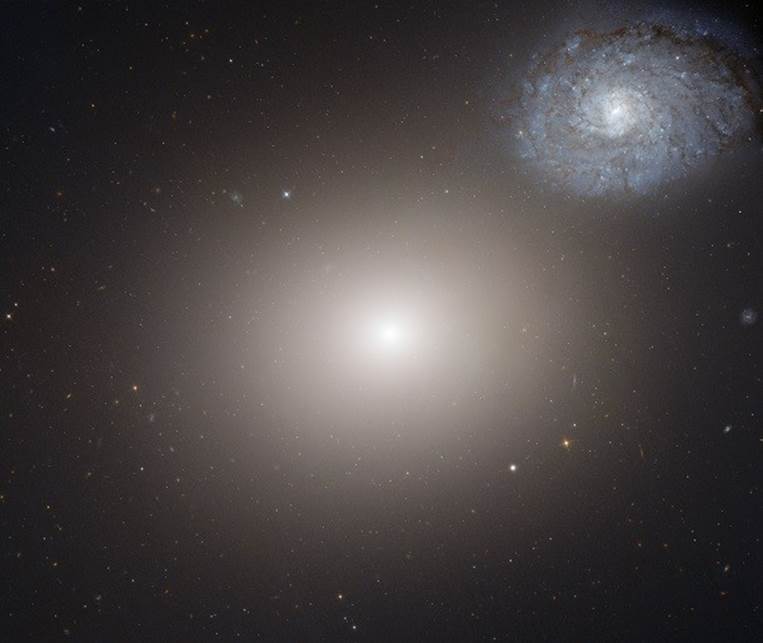
Though most galaxies’ gravitational pulls bring them closer
together, there’s no evidence of that with Messier 60 and
NGC 4647. But there’s no evidence of them drifting apart either.
Like content old lovers, the two galaxies drift together in space,
exhibiting only minor tidal interaction between them.
MESSIER 81
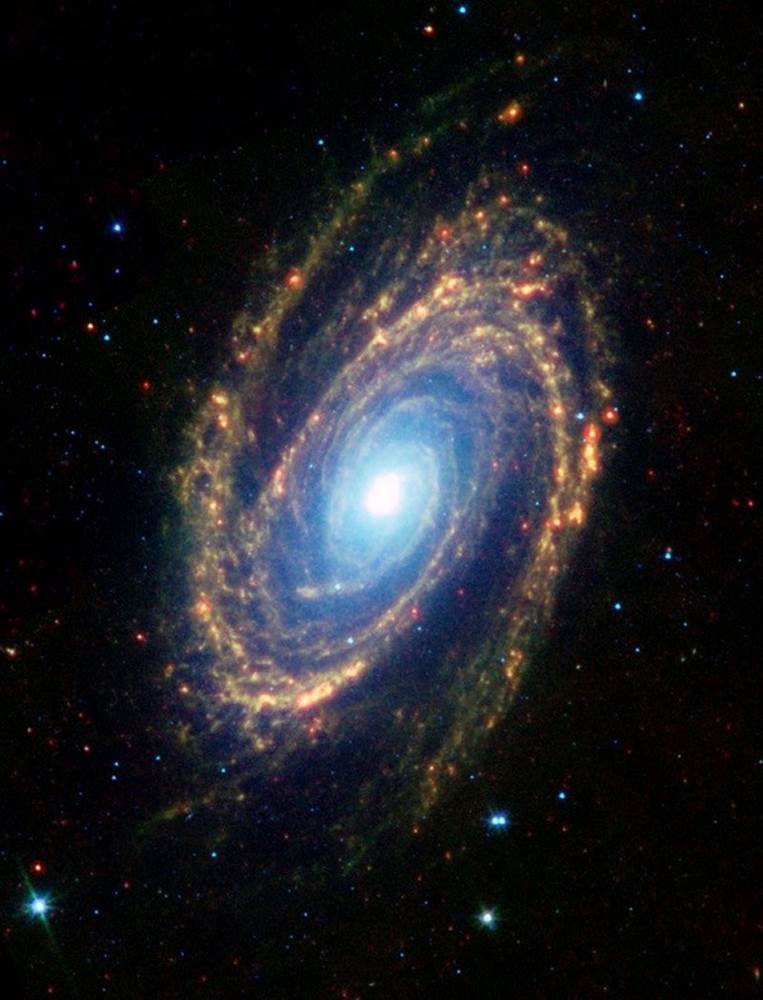
Messier 81 is a spiral galaxy with a supermassive black hole
70 million times greater than the mass of the sun at its centre.
M81 is home to many short living but hot burning blue
stars which heat nearby dust as seen in its spiral arms.
Gravitational interactions with M82 have seen both
galaxies pulling hydrogen gas away from each other,
resulting in wispy lines of gas or high amounts of interstellar
gas accumulating in their centres, leading to the
rapid star formation.
ANTENNAE GALAXIES
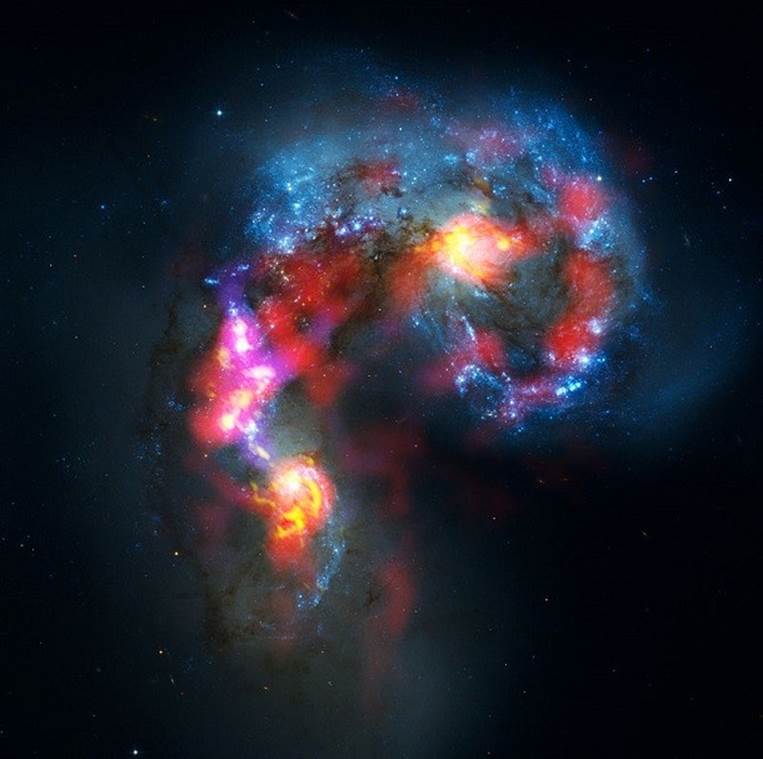
About 600 million years ago, NGC 4038 and NGC 4039 crashed
into each other, beginning a massive exchange of stars and
galactic matter. Though scientists think the galaxies look like
an antennae, it looks to us like it would be better known
as the love galaxy.
SOMBRERO GALAXY
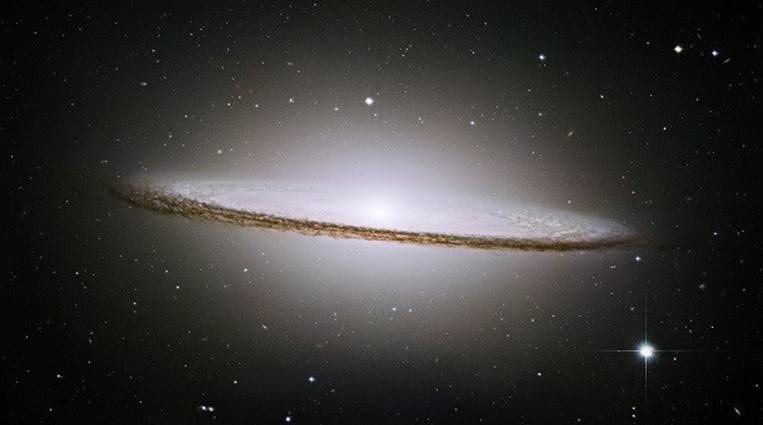
Amateur astronomers eagerly flock to the Sombrero Galaxy,
so named because of its bright nucleus and large
central bulge. Add in this spiral galaxy’s easily evident
dust lane and it looks like a sombrero in the sky.
2MASX J16270254+4328340
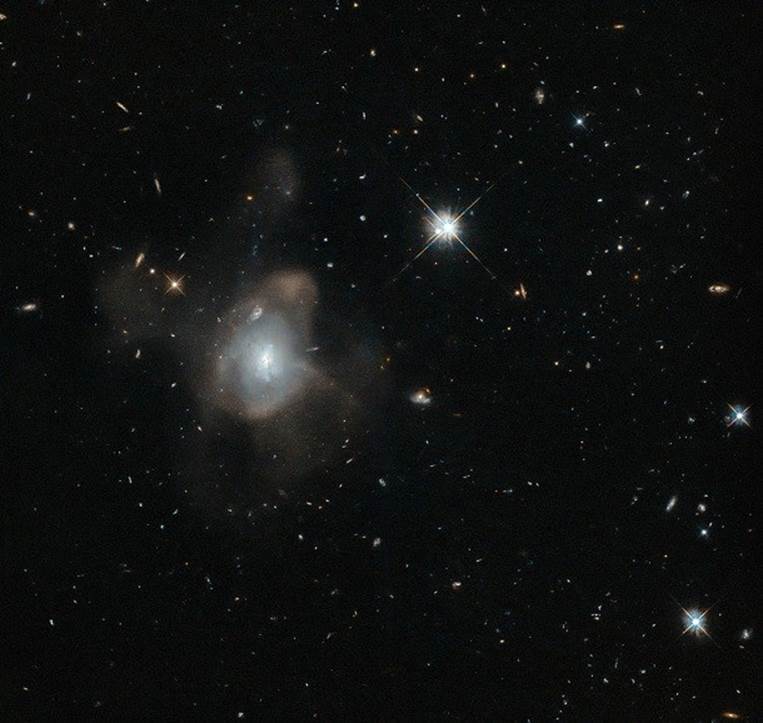
This blurry galaxy is known by the seemingly overcomplicated
name of 2MASX J16270254+4328340. The result of two
galaxies merging, this strange galaxy has produced a fine
mist consisting of millions of stars radiating out from its centre.
The mist is expected to slowly dissipate since the entire galaxy
is nearing the end of its life with its stars cooling and dimming.
NGC 5793
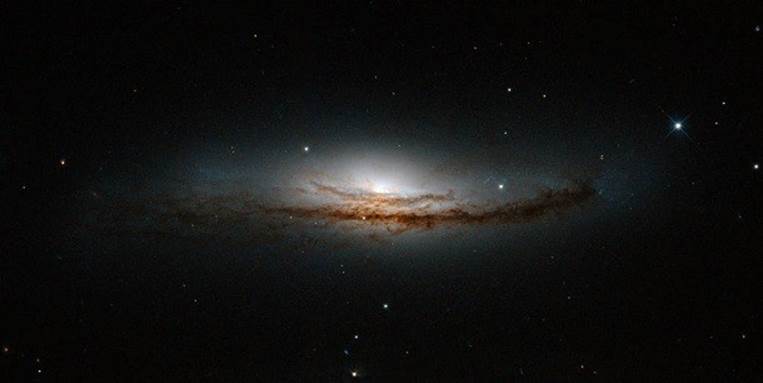
Not too strange (though immensely beautiful) on first look,
the spiral galaxy NGC 5793 is better known for a rare
phenomenon: masers. We’re familiar with lasers, which emit
light in the visible range of the spectrum, but not as much
with masers, which emit light in the microwave range.
Masers are not-too common, astronomically speaking
and produce light by absorbing surrounding energy
and re-emitting it in the spectrum’s microwave range.

Comment on this